Every Canadian contractor has seen it play out. You open the drawings and immediately spot ambiguities: a fixture with no dimensions, millwork missing a section, a wall tag but no finish schedule. The result? Calls to the office, delayed trades, frustrated clients, materials offloaded at the wrong spot, and before you know it, costly office interior design rework erodes profits and reputation. In a market where rework now eats up as much as 12% of total project costs and one in three construction projects runs over time and budget, the stakes have never been higher. The culprit? More often than not, unclear or incomplete office interior design drawings.
Why Office Interior Design Drawings Matter
Getting interior drawings right the first time is not a privilege, it’s a requirement for every successful build. A professional office interior designer knows that every line and note on a design sheet means dollars, hours, and project confidence in the field. When three-dimensional ideas are reduced to technical drawings, every gap becomes an opportunity for error.
Commercial interior design drawings are the heart of construction communication. They translate all the complex design intent into precise instructions that every trade, from drywall to electrical, must follow. Design-build interior partner teams know that without these standards, contractor issues multiply and the dreaded construction rework becomes almost inevitable.
Common Drawing Problems That Cause Contractor Issues
Contractors across Canadian commercial sites report that incomplete or poorly coordinated office interior design drawings are the leading cause of field errors. A missing finish schedule? Floor finishes get swapped halfway down the corridor. Vague office furniture design details? Deliveries wind up blocking egress or late layout changes force multiple installations. Even a small error in ceiling heights or partition locations can snowball into change orders, delays, and strained budgets.
Recent data shows that design errors, defined as mistakes, omissions, or conflicts in drawings are responsible for major delays, cost overruns, and a significant chunk of construction disputes. For example, design-related issues account for as much as 44.8% of all project rework, with the average commercial project losing weeks to revisions that could have been avoided by clear, coordinated documentation.
How the Right Team Gets It Right the First Time
When contractors partner with a skilled office interior designer, the difference is immediate. The commercial interior design process is no longer about filling in the blanks on site, but building confidently from a roadmap where every detail is accounted for and sequenced properly.
A design-build interior partner creates comprehensive documentation. Each set includes floor plans, elevations, sections, reflected ceiling plans coordinated with MEP, detailed millwork drawings, and fully scheduled finishes. Critical office furniture design details are not just referenced, but integrated into space planning and installation phasing. Specifications leave no room for interpretation, which translates into fewer contractor issues and much less rework.
For example, in a downtown Toronto office renovation, sequencing drawings prepared by the design-build interior partner detailed not just what to install, but when. Coordinated plans scheduled drywall, electrical rough-ins, and data drops to sync perfectly with ceiling and wall finishes. Office furniture design layouts mapped out circulation paths and delivery timing, eliminating costly site storage and multiple assembly visits. The result: zero change orders from drawing errors and a project delivered ahead of schedule.
The Real Impact of Design That Works
The ripple effect of accurate office interior design documentation reaches far beyond initial construction. Contractors can trust that every office interior designer’s decision, from finish to fixture location, is buildable. Suppliers can plan material deliveries knowing lead times are baked right into the construction schedule. Subtrades receive coordinated drawing sets that address any clash with existing site conditions or other disciplines. Commercial interior design no longer produces a trail of RFIs and frustrated calls, but becomes the blueprint for project success.
At the shop drawing review phase, fewer clarifications are needed. Contractors spend their site meetings planning progress instead of resolving drawing conflicts. Office furniture design becomes a smooth, planned phase, not a mad dash to coordinate systems and layouts at the last minute. Design-build interior partner teams ensure every phase flows into the next with clear, error-free instructions.
Modern Tools for Modern Results
Office interior design has evolved with technology. Leading interior designers now use BIM and 3D visualization to catch coordination issues before the first cut is made. The outcome for contractor issues? Problems are resolved during design, not on site. Digital drawings allow for real-time review, ensuring every office furniture design element and fixture is accounted for within the physical space.
Commercial interior design, when underpinned by detailed and accurate drawings, makes the lives of everyone on the project easier, from trades and contractors to the client enjoying their new workplace.
Frequently Asked Questions (FAQ):
How do professional office interior design drawings reduce contractor issues on site?
Proper office interior design drawings provide all necessary details, dimensions, and coordinated layouts so that trades can build as designed without confusion. This ensures work is executed correctly the first time, reducing contractor issues and preventing rework.
Why are commercial interior design drawings so critical to project success?
Commercial interior design drawings act as the build manual for the entire project. They ensure that client vision, safety codes, and contractor methods are aligned. Clear, thorough documentation is key to on-time, on-budget, error-free builds.
What should contractors look for when reviewing office interior design drawings?
Contractors should check for complete and scalable floor plans, elevations, sections, MEP coordination drawings, finish schedules, and clearly detailed office furniture design layouts. Any missing information is a risk for future rework.
Key Takeaways:
- Precise office interior design drawings produced by professionals dramatically reduce contractor issues and project rework
- Detailed coordination by a design-build interior partner means office furniture design and systems are planned and sequenced, not improvised
- Commercial interior design documentation sets the foundation for clear installation, reliable trade scheduling, and cost control
- Missed dimensions, unclear finishes, and incomplete sectional details are leading causes of rework that can be avoided
- A comprehensive drawing package by an office interior designer streamlines shop drawing review and limits construction delays
- Field issues are resolved in the drawing phase, not left to be discovered on site, meaning first-time build accuracy
- Clear documentation of office furniture design ensures correct delivery, assembly, and placement in line with workflow needs
- Office interior design drawings that include MEP coordination and realistic sequencing result in smoother handovers and happier clients
- Contractors report substantial reductions in change orders and RFIs with commercial interior design drawings done right
- Investing in a design-build interior partner promotes buildable solutions, higher profits, and fewer disputes
When office interior design is done right, the numbers speak for themselves: projects using thorough, coordinated design documentation experience up to 70% fewer requests for information and are delivered up to 25% faster than projects plagued by incomplete or unclear plans. The difference is not just in the end product, but in every day saved, every dollar not wasted, and the confidence every contractor brings to site knowing the interior design drawings match reality. With a professional office interior designer and a design-build interior partner’s careful eye, rework becomes the rare exception, not the expensive rule.

